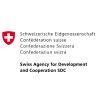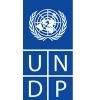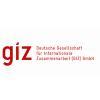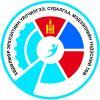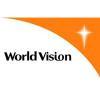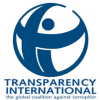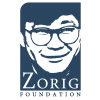DESCRIPTION OF THE PROJECT:
UNFPA has been implementing 5-year “Country Programs” in collaboration with the Government of Mongolia. The current and 5th program will run between 2012 and 2016 and is planned to focus on population and development, reproductive health (RH) and youth rights, and gender equality issues. This survey aimed to determine the baseline conditions of these issues and make relevant recommendations necessary for the program’s successful implementation.
The health component of the baseline survey had several objectives, such as to determine the percentage of youth and adolescents with correct knowledge of unwanted pregnancy prevention and STIs; to identify their attitudes toward sexual life, RH and STIs/HIV/AIDS; and their reproductive health practices. In addition, the survey evaluated the behavioral change communication interventions being implemented by relevant civil society organizations and assessed the existing reproductive health IEC and promotional materials.
DESCRIPTION OF THE SERVICES PROVIDED:
- A set of nine indicators were developed to be utilized in the monitoring and evaluation of the program, following its three components;
- According to the indicators, several research methods including focus group discussions, in-depth interviews, standardized KAP questionnaires, observation checklists, and content analyses were employed in the survey to collect relevant information;
- A total of 989 participants representing various groups and stakeholders were selected for the survey. Namely, six central governmental organizations; nine soum governments from three target aimags; 24 civil society organizations, 805 adolescents and 41 cooperative members from rural and urban areas have participated in this survey. During the survey, 72 policy documents obtained from above organizations were also analyzed.
- A final baseline survey report was developed and recommendations necessary for the program’s successful implementation were proposed.
Moreover, a monitoring and evaluation framework and methodology containing measurable criteria and indicators was proposed for the program.
Related projects
-
Leveraging Science and Tradition in DRR in Mongolia III (LTS3), Final Evaluation
Client
International Organization for Migration
.png)

.png)
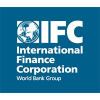
.png)
.png)
.jpg)


